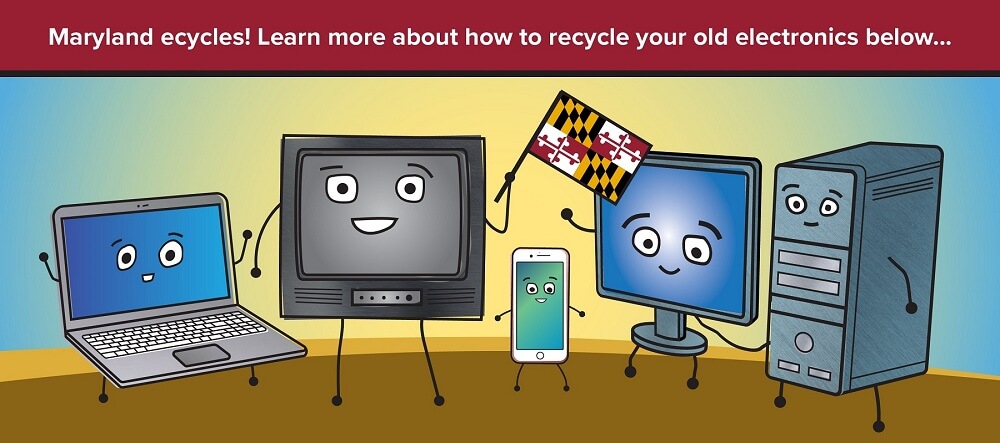Over the years we tend to accumulate old batteries, cables or devices for nostalgia or for believing that they may be useful later, as the day has come to take a look at the drawers, the garage and those dark corners of your closet, because you will surely find a lot of things that you no longer need and they are taking away space.
Stop collecting dust on that old computer that you do not even turn on, the sliding phone that was a success in the 90's or that camera you wanted to save for your children, the time has come to say goodbye and there is a correct way to get rid of Our electronic devices in a safe and correct way.
Whatever you do, never throw away your old electronics in the trash.
Why not just throw them in the trash?
If you throw your electrical appliances, cables or batteries into a common landfill, it is a very worrying environmental problem. If you dispose of them incorrectly, these electronic waste can end up damaging you, your family and the environment.
Most electronic devices contain toxic materials such as lead, flame retardants and chromium, which can cause damage to the kidneys, blood and nervous system of people. When we dispose of our electronic waste improperly, these substances can seep into the groundwater and vaporize into the atmosphere when heated.
There are several eco-friendly ways to get rid of your old electronic devices such as helping people in marginal communities, schools or businesses. Remember that the protocol to eliminate these devices may vary according to each one.
Once they leave your hands, the devices are recycled, reconditioned or redistributed. Sometimes parts are removed, or fused to recover certain scarce materials.
What should I do before getting rid of my device?
Once you have finished using batteries or a device, make sure that you have really cut off any link with them. Even if they are old, all it takes is a charger to restart your phone or computer and access your personal information.
Be sure to make a backup copy of everything that is useful to you on the device (photos, videos, songs, etc.) and then restore the factory settings.
Recycle phones
Smartphones and their batteries are one of the easiest electronic devices to recycle and there are many places where you can do it.
Remember to transfer all data and photos from your old phone to a new phone, or in any case save your photos before restoring factory settings. Remember to also remove the SIM card, if it is still inside the phone.
Many companies accept all phones and batteries, regardless of size, brand, model or age, and then recondition your device to resell or recycle materials for a new device. If you look well where to do it, you can even receive a payment for recycling your phone.
If your phone is recent enough, you can redeem it with a provider by buying a new phone or selling it directly on an online platform. On the other hand, if you have already lost much of its value, recycling it may be your best option to get rid of it.
Best Buy accepts up to three phones per home per day, Lowes has recycling centers in all its locations, Home Depot accepts cell phones with a total weight of up to 11 pounds and you can also leave your phones in Staples.
Whole Foods Market works with Secure the Call to bring phones that work only for 911 emergency calls to seniors and domestic violence shelters. In this case, make sure you also carry the charger.
It is also possible that some local communities receive them as a donation within the framework of campaigns at the city level.
In the second part of this article (How to recycle old phones, laptops and televisions - Part 2) you will know how to dispose of laptops and televisions, be sure to check it out and get some money in doing so.

